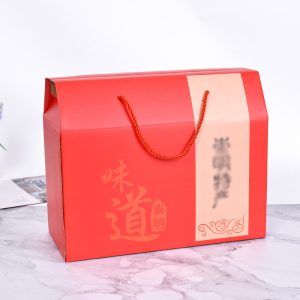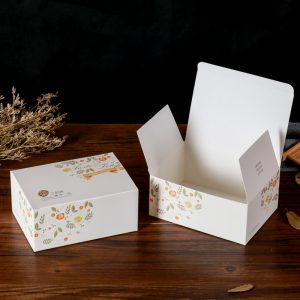The psychology of food packaging design explores how the visual and sensory elements of packaging influence consumer perceptions, emotions, and behaviors. Packaging design can evoke specific feelings, create brand associations, and ultimately impact consumers’ decision-making processes. Here are some key aspects of the psychology of food packaging design:
- Visual Appeal: Eye-catching and aesthetically pleasing packaging design attracts attention and encourages consumers to pick up the product. Vibrant colors, attractive graphics, and visually appealing typography can make a product stand out on the shelf.
- Brand Identity: Packaging design helps communicate a brand’s personality, values, and positioning. Consistent branding elements, such as logos, color schemes, and typography, create brand recognition and build trust with consumers.
- Emotional Connection: Packaging design can trigger emotions and create an emotional connection with consumers. Warm colors and nostalgic imagery may evoke feelings of comfort and familiarity.
- Product Perception: Consumers often associate certain packaging design features with specific product attributes. For example, clean and minimalistic designs may suggest a product is healthy and natural.
- Perceived Quality: High-quality packaging design can lead consumers to perceive the product inside as high-quality as well. Premium finishes, embossing, and tactile elements can enhance the perception of value.
- Clarity and Information: Clear and informative packaging design helps consumers quickly understand the product, its benefits, and usage. Key information, such as ingredients and nutritional content, should be easily visible.
- Packaging Shapes: Packaging shapes can influence consumer perceptions. For instance, angular shapes may be associated with masculinity and strength, while rounded shapes can evoke a sense of comfort and softness.
- Cultural and Social Influences: Packaging design that aligns with cultural norms and social trends can resonate better with target audiences. Understanding cultural preferences and consumer values is crucial in international markets.
- Packaging Interaction: Packaging design that encourages consumer interaction, such as easy opening mechanisms or interactive elements, can create a positive user experience.
- Health and Sustainability: Packaging design that conveys healthiness and sustainability can appeal to consumers seeking healthier or eco-friendly options.
- Limited Editions and Seasonal Designs: Special edition or seasonal packaging designs can create a sense of urgency and exclusivity, encouraging impulse purchases.
- Influence on Perceived Taste: Studies suggest that packaging design can influence the perceived taste of the food. Attractive packaging may enhance the sensory experience of consuming the product.
By understanding the psychology of food packaging design, brands can create packaging that resonates with their target audience, communicates their brand story, and ultimately influences consumer behavior positively. Effective packaging design can help products stand out in a crowded marketplace and drive consumer preference and loyalty.








